Raspberry Pi Cuts Product Returns By 50% By Changing Up Its Pin Soldering
An anonymous reader quotes a report from Ars Technica: Raspberry Pi boards have a combination of surface-mount devices (SMDs) and through-hole bits. SMDs allow for far more tiny chips, resistors, and other bits to be attached to boards by their tiny pins, flat contacts, solder balls, or other connections. For those things that are bigger, or subject to rough forces like clumsy human hands, through-hole soldering is still required, with leads poked through a connective hole and solder applied to connect and join them securely. The Raspberry Pi board has a 40-pin GPIO header on it that needs through-hole soldering, along with bits like the Ethernet and USB ports. These require robust solder joints, which can't be done the same way as with SMT (surface-mount technology) tools. "In the early days of Raspberry Pi, these parts were inserted by hand, and later by robotic placement," writes Roger Thornton, director of applications for Raspberry Pi, in a blog post. The boards then had to go through a follow-up wave soldering step. Now Pi boards have their tiny bits and bigger pieces soldered at the same time through an intrusive reflow soldering process undertaken with Raspberry Pi's UK manufacturing partner, Sony. After adjusting component placement, the solder stencil, and the connectors, the board makers could then place and secure all their components in the same stage. Intrusive reflow soldering this way involves putting solder paste on both the pads for SMD bits and into the through-hole pins. The through-hole parts are pushed onto the paste, and the whole board then goes into a reflow oven, where the solder paste melts, the connectors fall in more fully, and joints are formed for all the SMD and through-hole parts at once. You can watch the process up close in this mesmerizing video from Surface Mount Process. Intrusive reflow soldering is not a brand-new process, but what it did for the Raspberry Pi is notable, according to Thornton. The company saw "a massive 50% reduction in product returns," and it sped up production by 15 percent by eliminating the break between the two soldering stages. By removing the distinct soldering bath from its production line, the company also reduced its carbon dioxide output by 43 tonnes per year (or 47.4 US tons). Read more of this story at Slashdot.

Read more of this story at Slashdot.































![[Free Webinar] Guide to Securing Your Entire Identity Lifecycle Against AI-Powered Threats](https://blogger.googleusercontent.com/img/b/R29vZ2xl/AVvXsEjqbZf4bsDp6ei3fmQ8swm7GB5XoRrhZSFE7ZNhRLFO49KlmdgpIDCZWMSv7rydpEShIrNb9crnH5p6mFZbURzO5HC9I4RlzJazBBw5aHOTmI38sqiZIWPldRqut4bTgegipjOk5VgktVOwCKF_ncLeBX-pMTO_GMVMfbzZbf8eAj21V04y_NiOaSApGkM/s1600/webinar-play.jpg?#)






































































































































![[The AI Show Episode 145]: OpenAI Releases o3 and o4-mini, AI Is Causing “Quiet Layoffs,” Executive Order on Youth AI Education & GPT-4o’s Controversial Update](https://www.marketingaiinstitute.com/hubfs/ep%20145%20cover.png)





























































































































































































































































































































































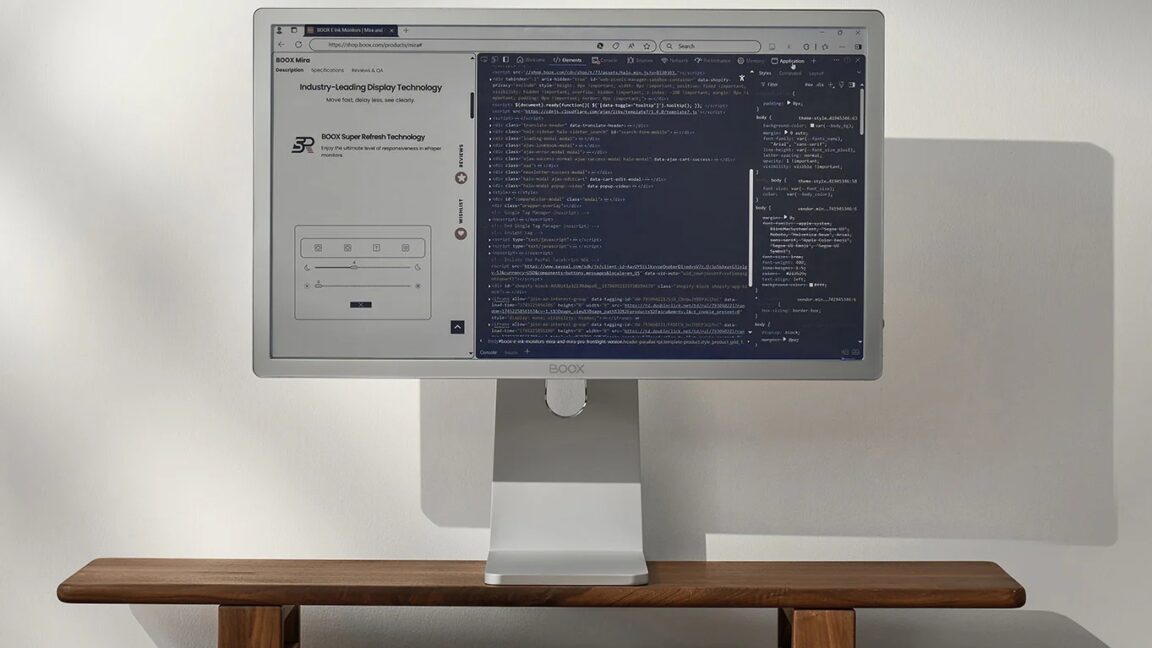



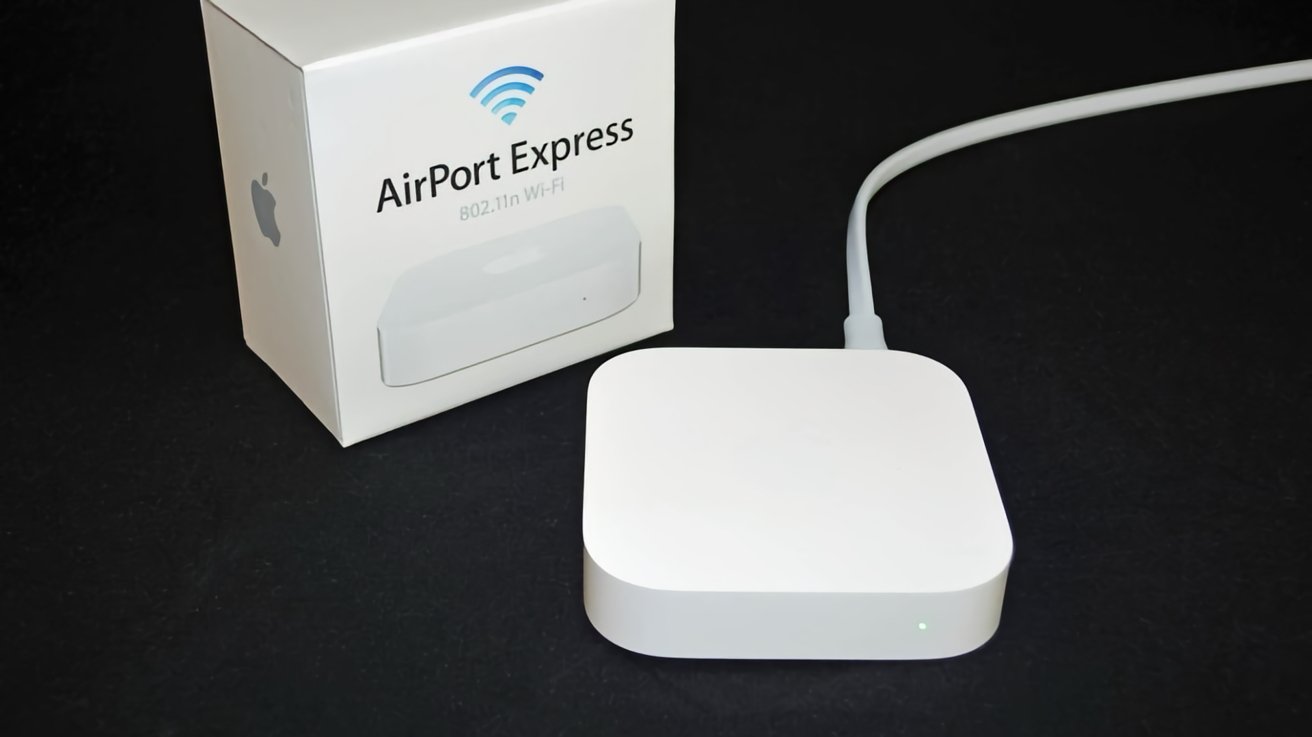
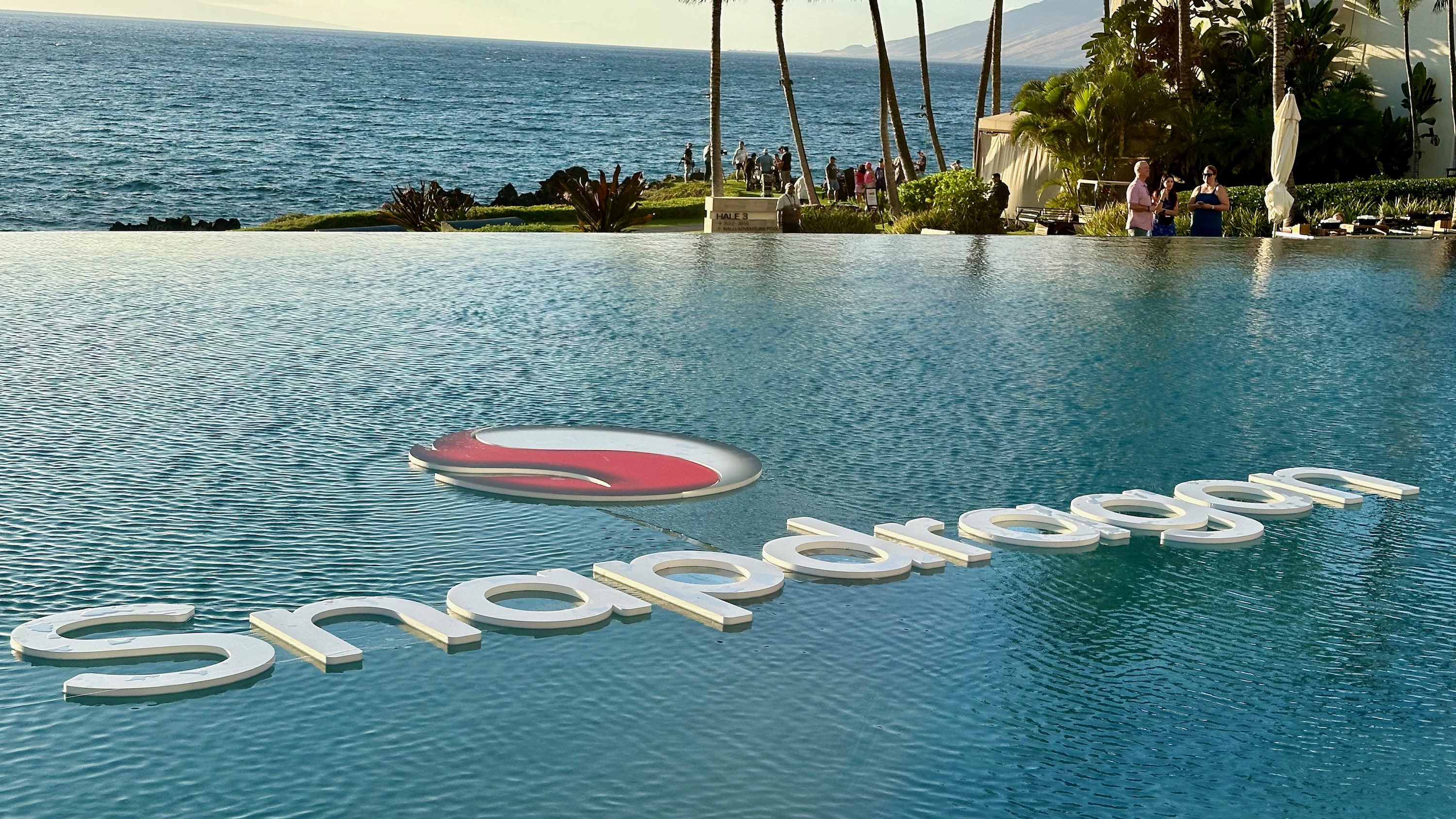


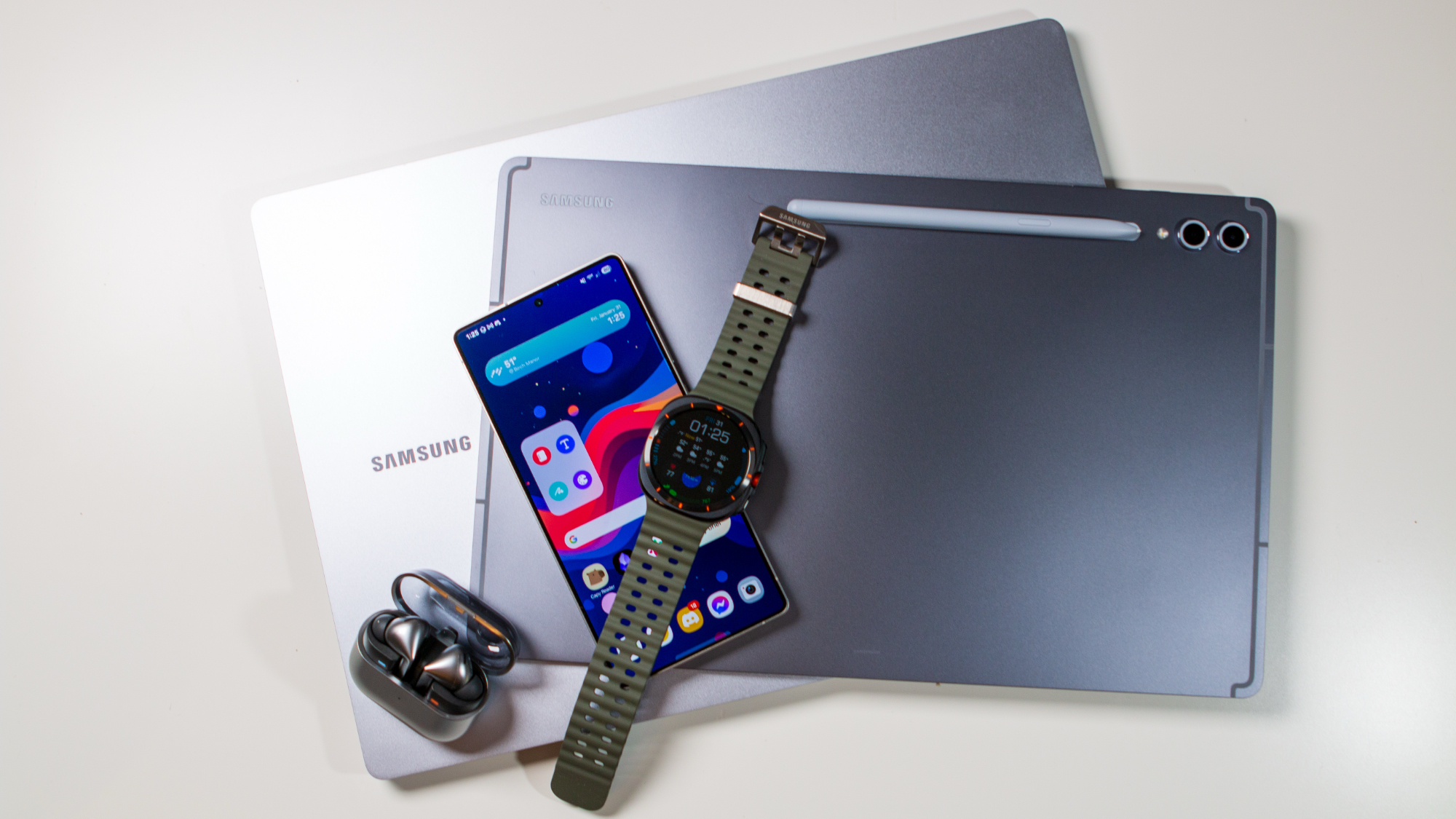







![Google Home app fixes bug that repeatedly asked to ‘Set up Nest Cam features’ for Nest Hub Max [U]](https://i0.wp.com/9to5google.com/wp-content/uploads/sites/4/2022/08/youtube-premium-music-nest-hub-max.jpg?resize=1200%2C628&quality=82&strip=all&ssl=1)








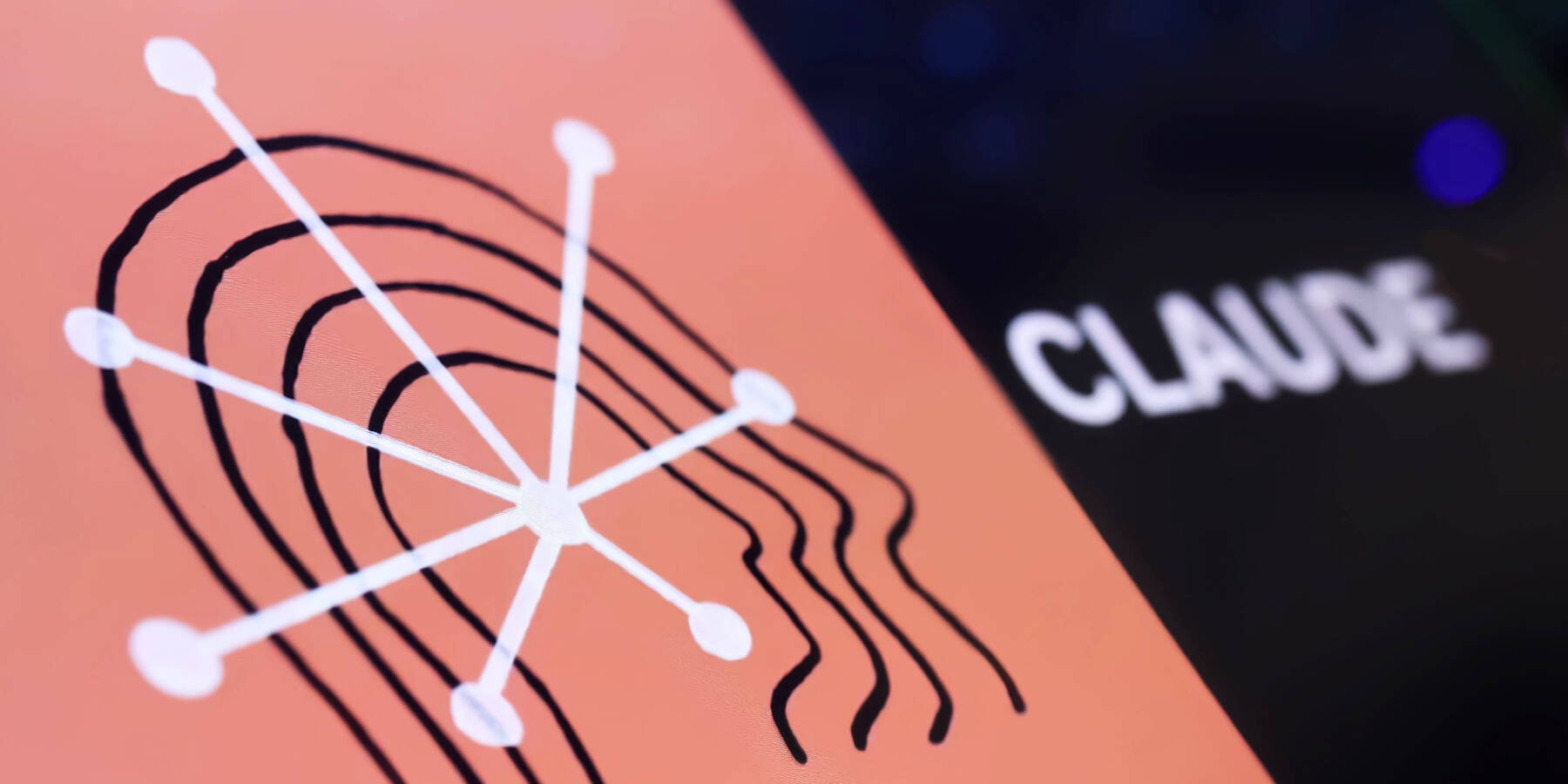




![New Hands-On iPhone 17 Dummy Video Shows Off Ultra-Thin Air Model, Updated Pro Designs [Video]](https://www.iclarified.com/images/news/97171/97171/97171-640.jpg)
![Apple Shares Trailer for First Immersive Feature Film 'Bono: Stories of Surrender' [Video]](https://www.iclarified.com/images/news/97168/97168/97168-640.jpg)





































































































